Half-Life 2 Physics Puzzles: Enduring Appeal and Design Lessons Half-Life 2 physics puzzles design remains a high point in game design, showcasing how emergent gameplay can arise from carefully crafted systems.
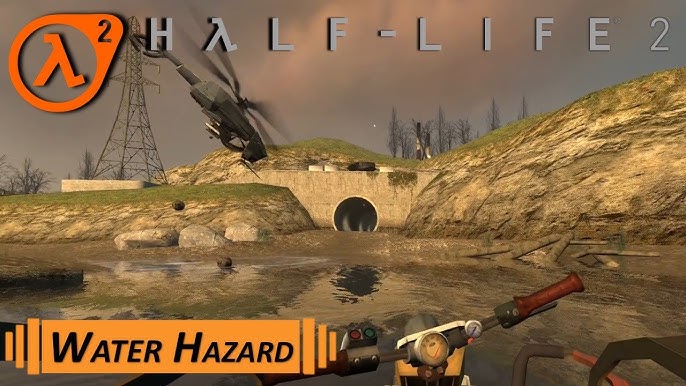
Half-Life 2 physics puzzles design remains a high point in game design, showcasing how emergent gameplay can arise from carefully crafted systems. As a level designer who also enjoys tearing through games at breakneck speed, Half-Life 2 holds a special place in my heart. The game's intricate physics, powered by the Source engine, allowed for a unique blend of intended solutions and player-discovered exploits. Let's dissect a few iconic examples to uncover the HL2 level design physics lessons that continue to resonate today. Half-Life 2 offered more than just shooting; it presented interactive environments that rewarded creativity, even when that creativity led to unintended, and often hilarious, results.
Water Hazard: Riding the Waves of Intended and Unintended Gameplay
The "Water Hazard" chapter throws you into a flooded environment with the airboat. The initial intention was clear: navigate the canals, using the airboat's boost to overcome obstacles and evade Combine patrols. Level designers strategically placed debris, encouraging players to creatively utilize the environment, perhaps using barrels as makeshift ramps or shields. The level design emphasized problem-solving, where using the airboat's physics to your advantage was key to progression.
But then came the speedrunners. They saw "Water Hazard" not as a series of watery obstacles, but as a playground for pushing the Source engine to its limits. "Rocket jumping" with grenades to bypass large sections of the level became commonplace. Exploiting the airboat's physics to clip through geometry, skipping entire encounters, turned the intended experience on its head. Half-Life 2 puzzle speedrunning analysis reveals so much about player ingenuity and the near-impossibility of predicting every interaction a player will have with your level. It begs the question: how much control should a designer exert?
The Unexpected Benefits of Unforeseen Solutions
What "Water Hazard" taught us is that sometimes, the most memorable moments come from breaking the rules. While Valve likely didn't anticipate players launching themselves across entire sections with grenades, the fact that the game allowed it speaks to the robustness, and, perhaps, the unintentional brilliance of the physics engine. This Half-Life 2 emergent gameplay physics is something modern designers still strive for.
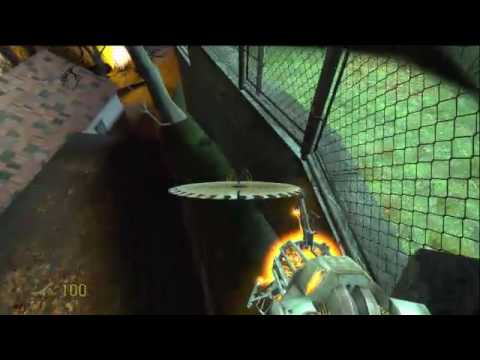
Ravenholm: From Horror to Hilarious with the Gravity Gun
Ravenholm. The name itself conjures images of dimly lit corridors, the guttural moans of fast zombies, and the ever-present sense of dread. The level design was masterful in creating this atmosphere, with its claustrophobic spaces, creaking sounds, and strategic use of shadows. The gravity gun puzzles were designed to amplify this tension. Players were meant to feel resourceful, scavenging for objects to defend themselves against the relentless horde. The limited ammo, coupled with the physics-based combat, forced players to think creatively and strategically.
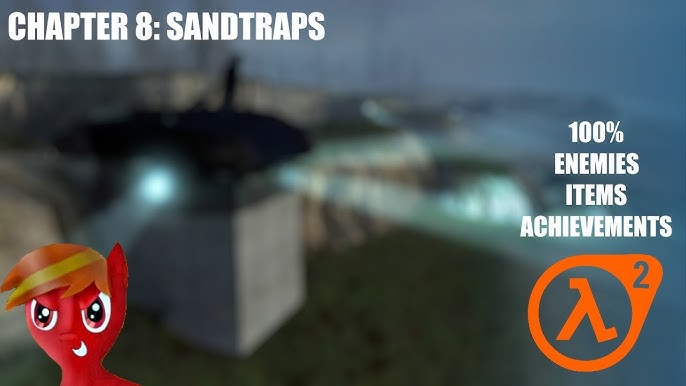
Enter the speedrunners, armed with their intimate knowledge of the game's physics. They approached Ravenholm with a completely different mindset. Forget the carefully crafted horror experience; the goal was to get through as quickly as possible. This led to the discovery of techniques like "crate surfing," using the gravity gun to propel oneself through the level on a wooden crate, bypassing entire sections and rendering the zombie encounters irrelevant.
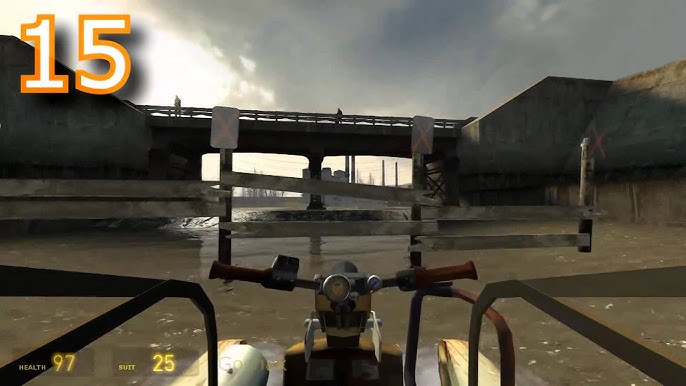
Deconstructing Horror: The Speedrunner's Perspective
The speedrunning approach fundamentally altered the Ravenholm experience. The intended horror was replaced by a sense of playful exploitation. While some might argue that this detracts from the original vision, it also highlights the power of player agency. HL2 level design physics lessons here teach that even the most meticulously crafted atmosphere can be subverted by a determined player. It’s a testament to the strength of the physics engine that such emergent gameplay was even possible.

Sandtraps: Balancing Act and the Art of Exploitation
The "Sandtraps" chapter presents a different kind of challenge: a bridge puzzle that requires carefully balancing counterweights. The environment itself is striking: harsh sunlight, rolling sand dunes, and dilapidated structures. The level design guides the player towards the intended solution: finding and placing objects on the counterweight to raise the bridge and proceed. The visual cues and the physics of the counterweight system are designed to create a satisfying "aha!" moment when the player figures it out.

Of course, speedrunners found alternative methods. Exploiting the physics engine to clip through the terrain, or manipulating the bridge in unintended ways, became the norm. One common strategy involved using a single, strategically placed object to trigger the mechanism, bypassing the need for careful balancing altogether.
The Fine Line Between Cleverness and Broken Design
These speedrunning strategies reveal potential flaws in the puzzle's design. Did the designers not anticipate players finding ways to circumvent the intended solution? Perhaps. But it also highlights the creative ways players can subvert limitations. Half-Life 2 puzzle design principles must account for this possibility. The "Sandtraps" bridge puzzle serves as a valuable lesson in the importance of thorough playtesting and anticipating potential exploits.

Broader Lessons: Balancing Intention and Emergence
So, what are the broader lessons we can learn from these examples of Half-Life 2 puzzle design failures (and successes)? How can level designers create engaging physics puzzles that strike a balance between intended solutions and the potential for emergent gameplay? The trade-off between guiding players towards a specific experience and allowing them the freedom to experiment is a constant challenge.

Modern Approaches to Physics-Based Gameplay
Many modern games have taken these lessons to heart. Games like The Legend of Zelda: Breath of the Wild and Tears of the Kingdom offer incredibly robust physics engines and encourage player experimentation on a massive scale. These games demonstrate that giving players the tools and freedom to solve problems in their own way can lead to truly memorable and unique experiences.
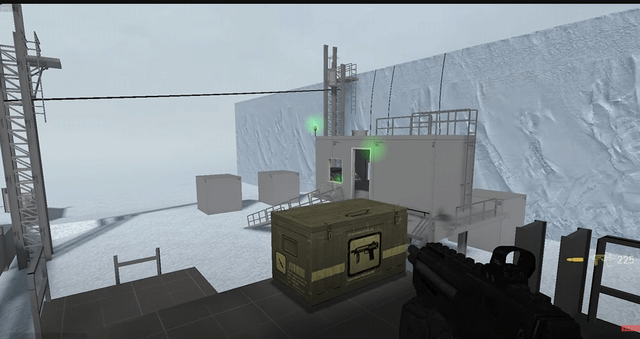
Advice for the Aspiring Level Designer
If I were speaking to a newer level designer, I'd tell them to embrace the unexpected. Don't be afraid to let players break your game, within reason. Thoroughly playtest your levels, but also watch how players actually play them, not just how you intend them to be played. Consider the potential for emergent gameplay and design with that in mind. Don't be too precious with your vision; sometimes, the most brilliant moments come from the players themselves. The possibilities are endless, and that's what makes level design so exciting. Don't get stuck in a rut of creating obvious solutions - instead, strive to create systems that players can creatively manipulate and subvert. Let them surprise you.

Half-Life 2's legacy extends far beyond its compelling narrative and groundbreaking graphics. Its physics puzzles, with their blend of intended design and emergent gameplay, continue to inspire level designers today. By studying these examples and embracing the potential for player creativity, we can create even more engaging and memorable gaming experiences in the future. Want to learn more about physics-based game design? Check out our game design course directory!